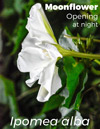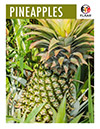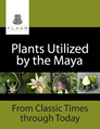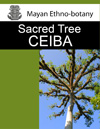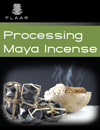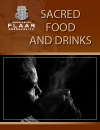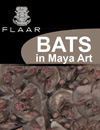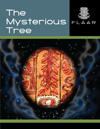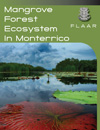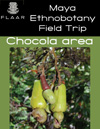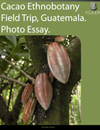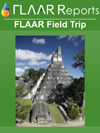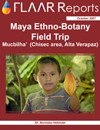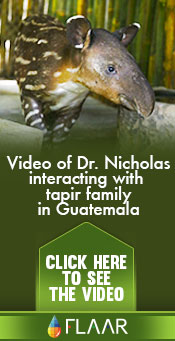When you ask about indigenous Maya incense, the usual answer is about copal incense, pom in local Mayan languages, Protium copal. But in reality there are at least six indigenous plants used to make incense for religious ceremonies of the Maya peoples of Guatemala:
- pom, copal incense Protium copal
- Palo jiote, muliche, indio desnudo, Bursera simaruba, gumbo limbo, chaca, palo mulatto, tourist tree
- Pine resin and pitch pine (ocote) as incense, Pinus pseudostrobus
- Liquidambar, arbol de estoraque, Liquidambar styraciflua
- Crotan sanguifluus (Popol Vuh), Croton (cochinal croton) red tree sap
- Rubber, hule, Castilla elastica
|
|
|
Ensarte incense from the pine tree or copal tree, purchased in the market at Solola, Guatemala. Photo for the FLAAR Photo Archive by Alen Bubana, University of Ljubljana, a volunteer working at FLAAR over the Christmas holidays.
|
So gradually FLAAR is initiating botanical studies and professional photography of these plants. Presently liquidambar and hule are planted in our Maya ethnobotany garden at the FLAAR Mesoamerica headquarters in Guatemala City . We intend to have all the species planted and growing during 2008. We also do field research all over Guatemala whenever we can find areas where these species grow. Actually liquidambar is a common decorative tree in Vista Hermosa: there are many of these trees growing within a few blocks of our offices.
So far finding the croton tree has not been easy. Other than croton being the most vivid use of a sacred plant in the Popol Vuh, I have not found coton mentioned much elsewhere, for example, we have not yet noticed plant products of croton being sold in local Maya markets.
Palo jiote is very common all over Guatemala: both in the Highlands, Lowlands, and dry desert areas too. Copal trees are found both in the Highlands and Peten lowlands, but are most common in Verapaz, growing well in precisely the same areas where cacao and achiote also grow. This incense is also, so far, not common in markets (if it is present, we have missed it; the markets are filled with copal and pine incense, and liquid amber (sweet gum, not pertified amber from pine trees) are all common incense in markets).
Rubber is grown commercially in areas of the Costa Sur, but until we do more botanical studies, I can’t be sure whether it’s a South American or recent commercialized hybrid that is grown today. I am interested in the original pre-Hispanic species.
Although our background is in archaeology of pre-Columbian Mesoamerica since the 1960’s, our present projects are more in the ethnographic and ethnohistory aspects of anthropology, using advanced digital photography so that our projects stand out as unique. With better digital images it is easier to produce articles that are interesting for people to read.
|
|
|
|
Incense Ensarte de Chuchito, |
|
|
Incense round shape is used primarily for pine incense, photo by Alen Bubanja.
|
|
Copal Pom in Ensarte de Chuchito wrapper (Protium copal) , photo by Alen Bubanja.
|
|
Another forms of Inciense bark from Liquidambar styraciflua, Cupressus sp., Quercus sp, etc. that you can find in local markets in Guatemala. photos by Alen Bubanja.
|
Incense from pine is by far the most common for Maya.
In the markets of Highland Guatemala, especially Momostenango and Quetzaltenango, pine is by far the most common incense for indigenous Maya usage. Pine burned as wood (ocote, pitch pine in English) as well as in several sizes of incense balls. In some cases the bark of the local oak tree is used to wrap the pine incense. Since oak trees have many potential uses themselves, a further ethnobotanical and ethnographic study needs to be made to determine the role of oak products in Maya rituals, especially in the Highlands.
Much of the information on Maya incense on the Internet is confused due to misunderstanding due to mistranslation.
Because so many words have double meanings either in Spanish or Mayan, there is a lot of misinformation on web pages.The words incense, pom, and copal are the most frequently misunderstood.
We need to undertake further studies to understand the meaning of "ambar" because in English this means solidified resin of a pine tree. But if a Maya says they are burning "ambar" this may be sweet gum, estoraque, and not pine amber.
Most recently updated June 24, 2008.
First posted January 2008.



